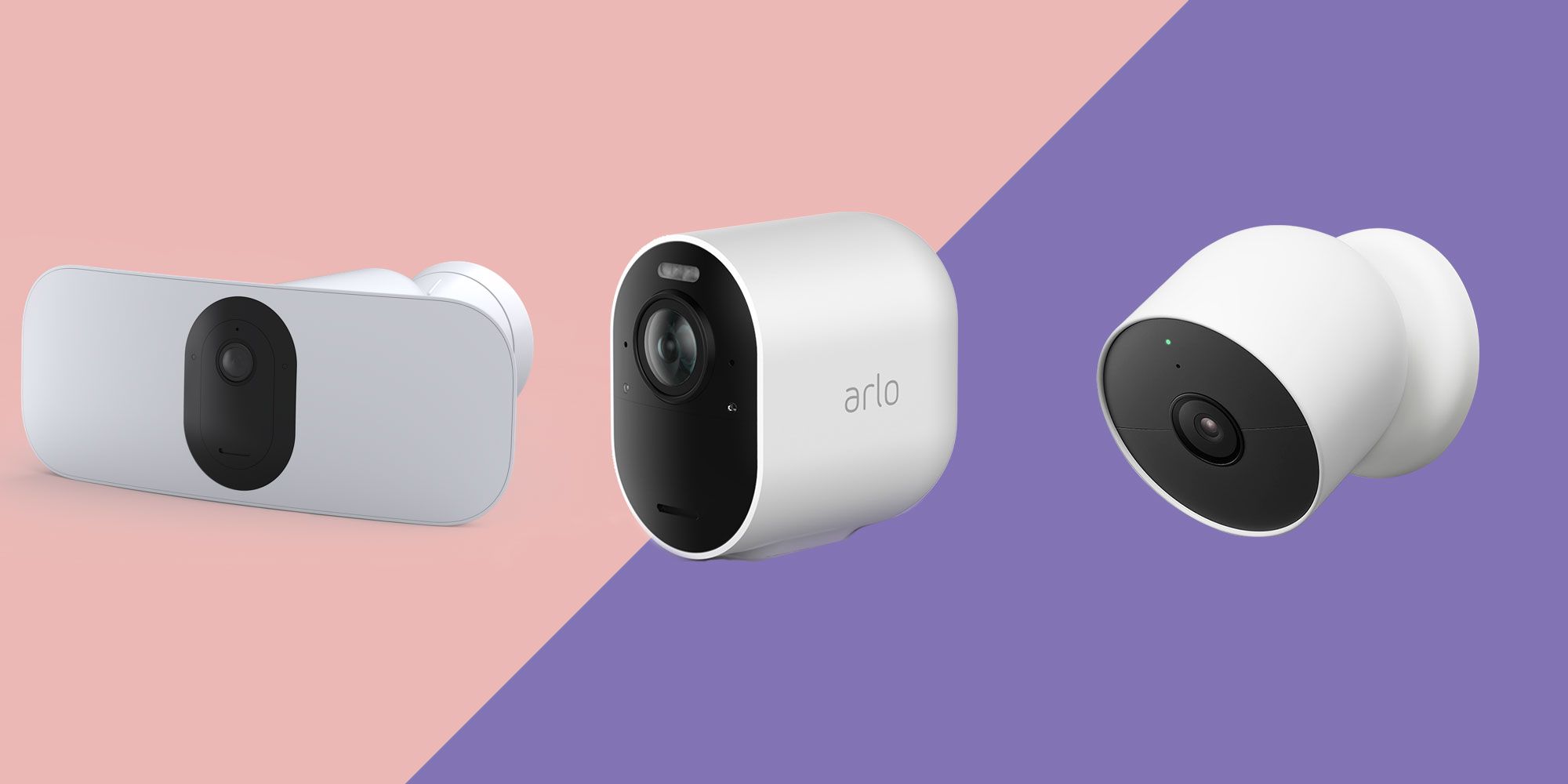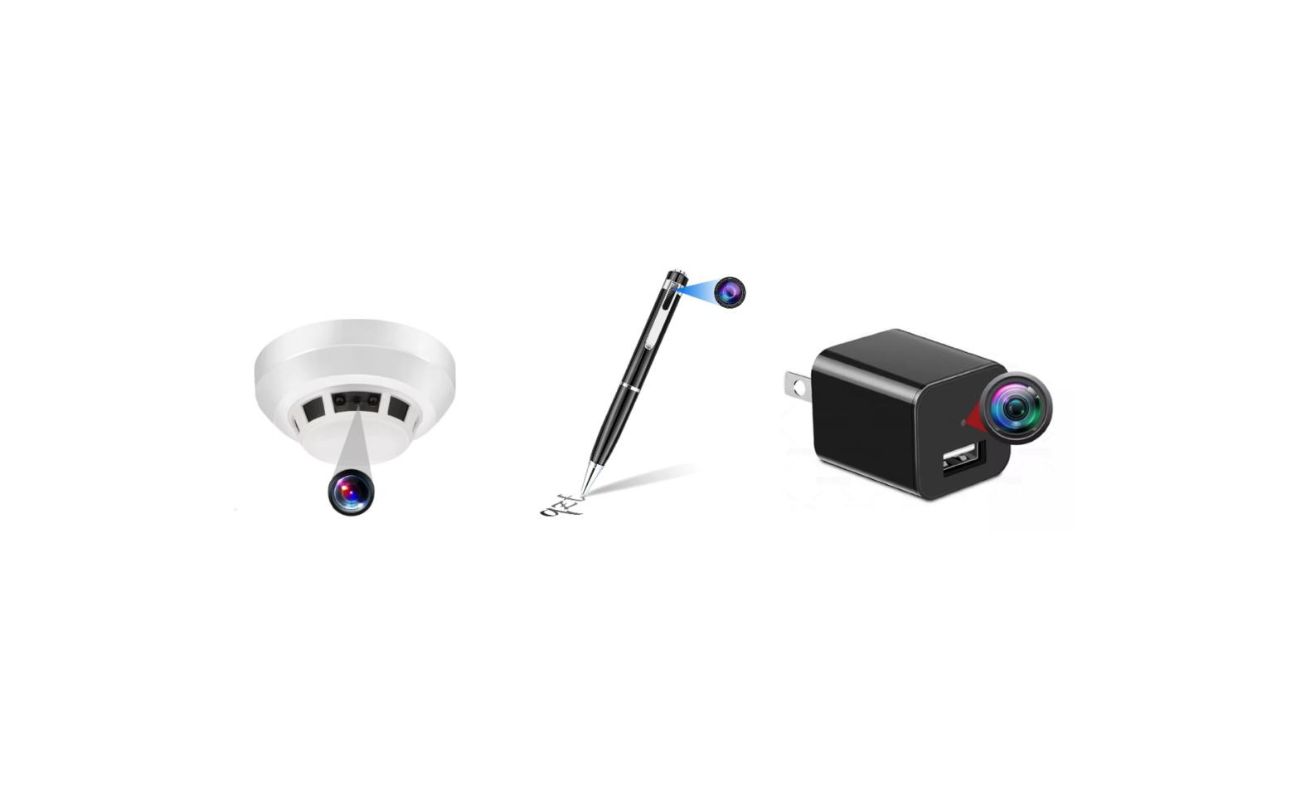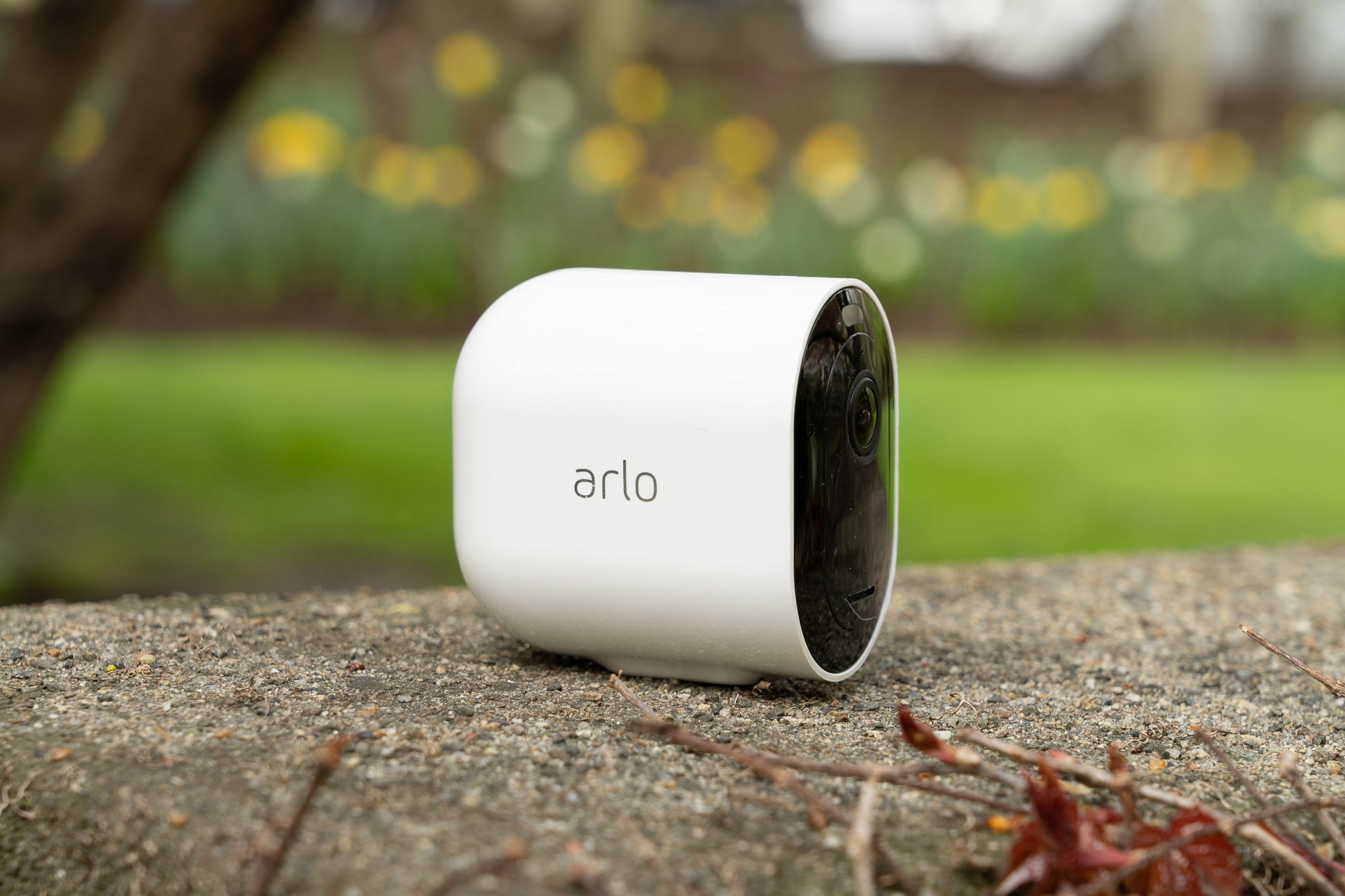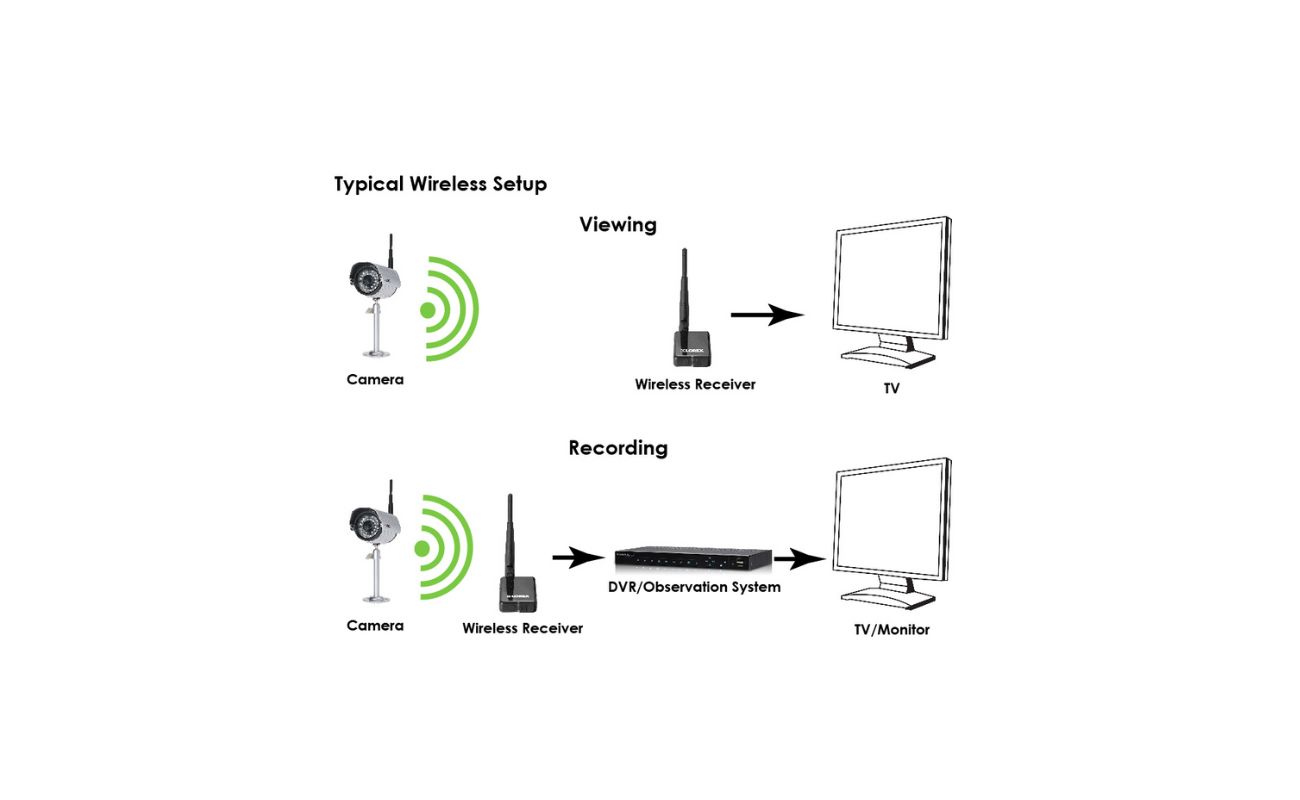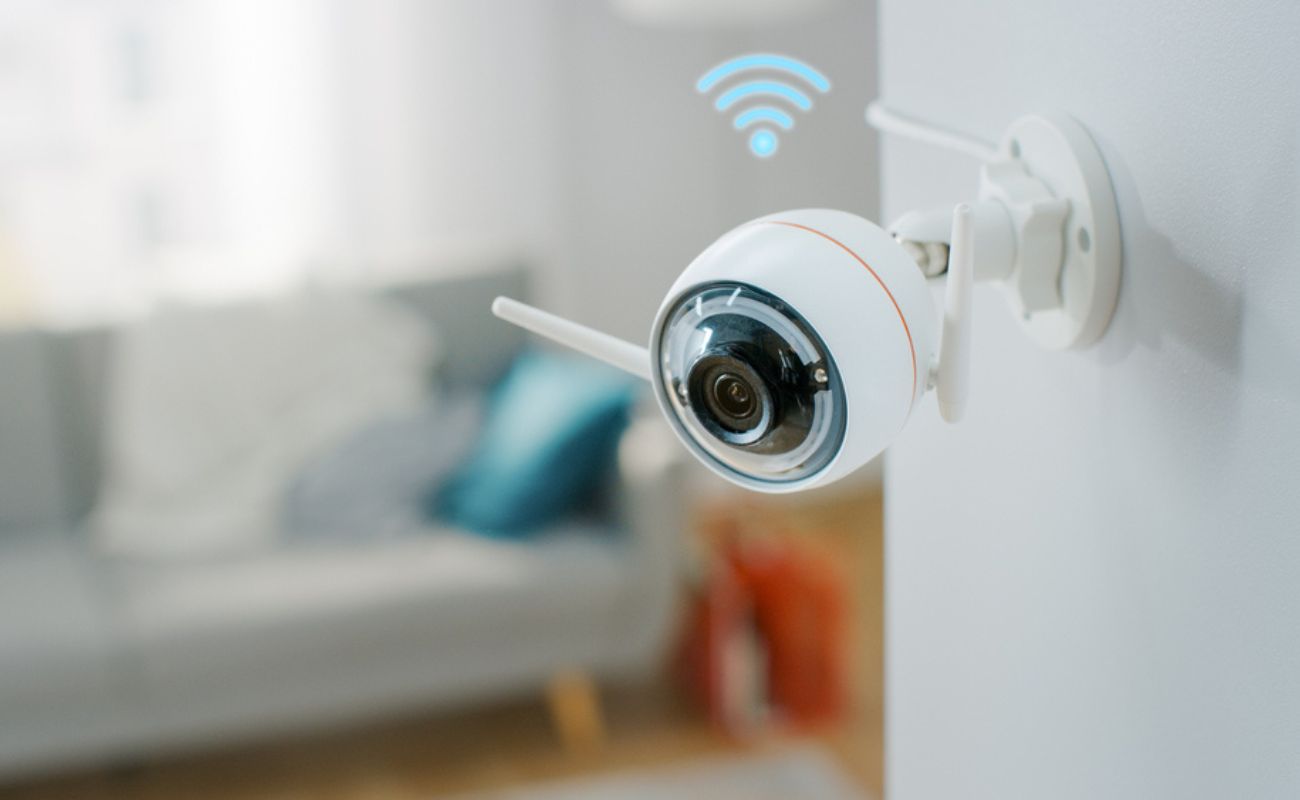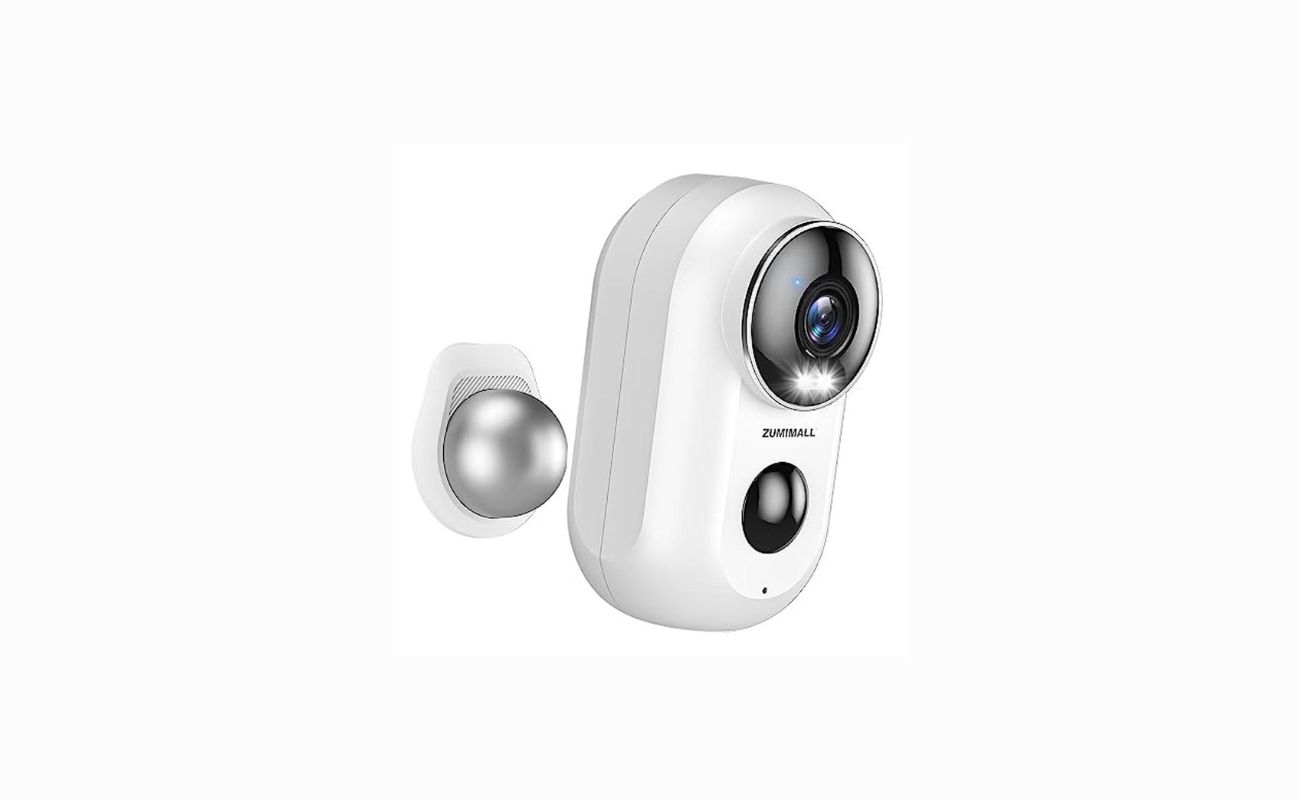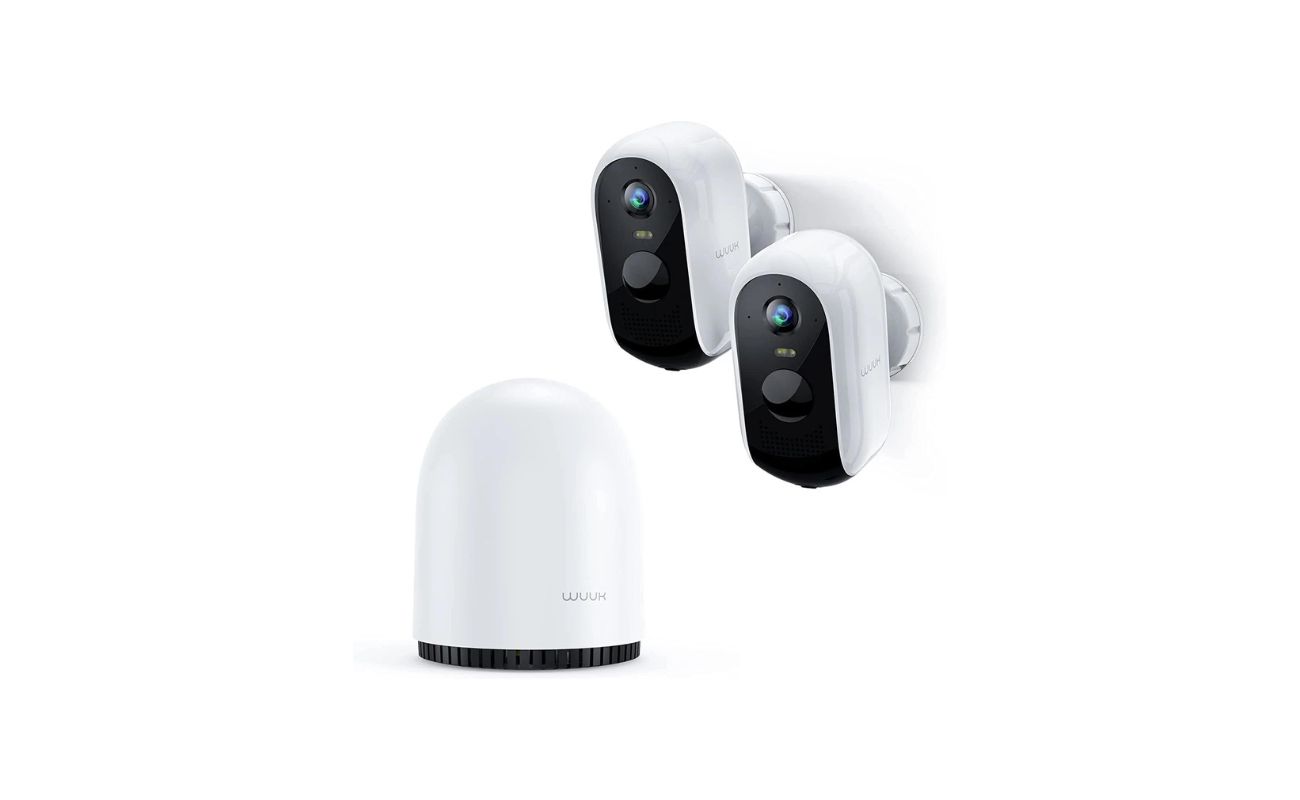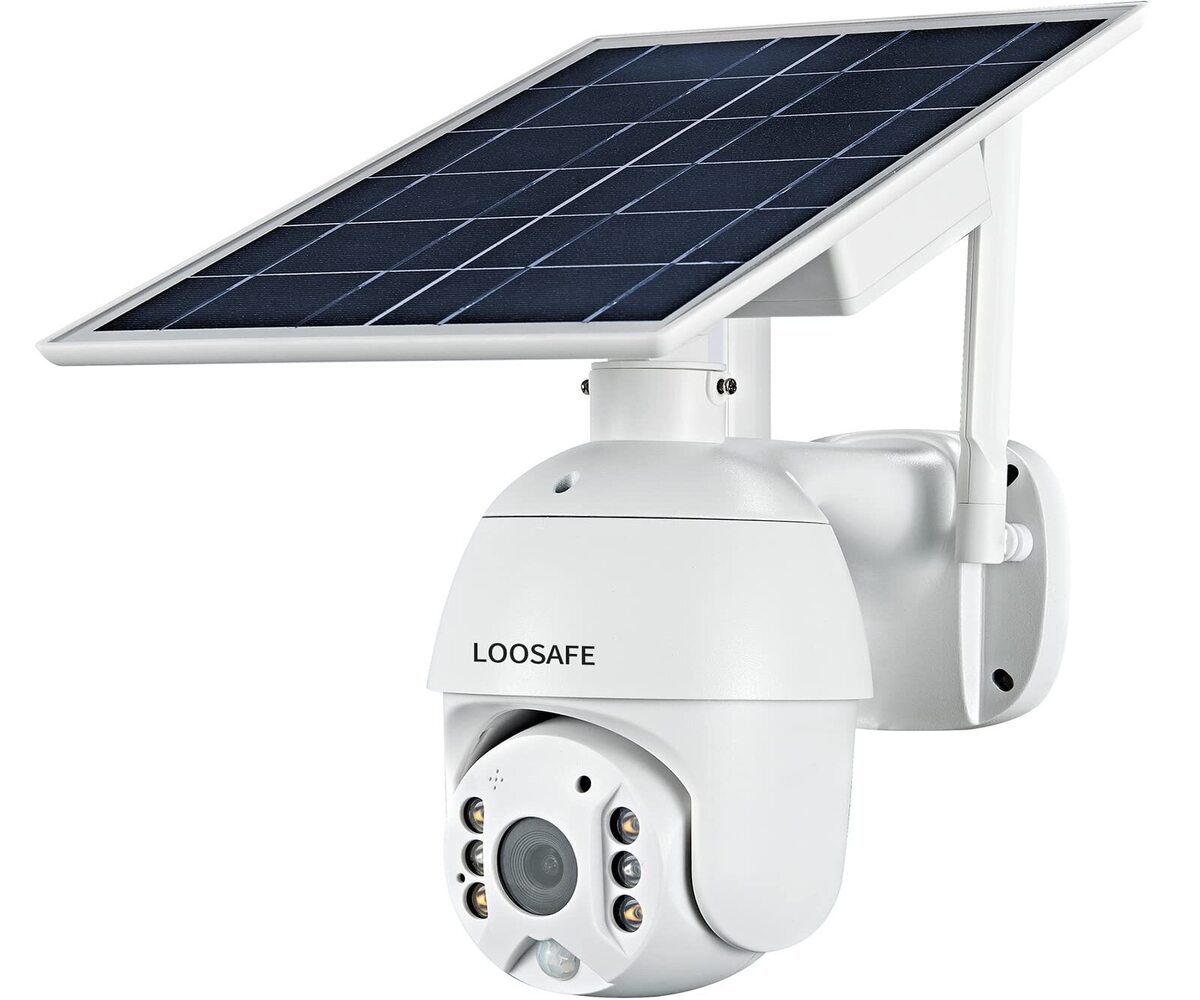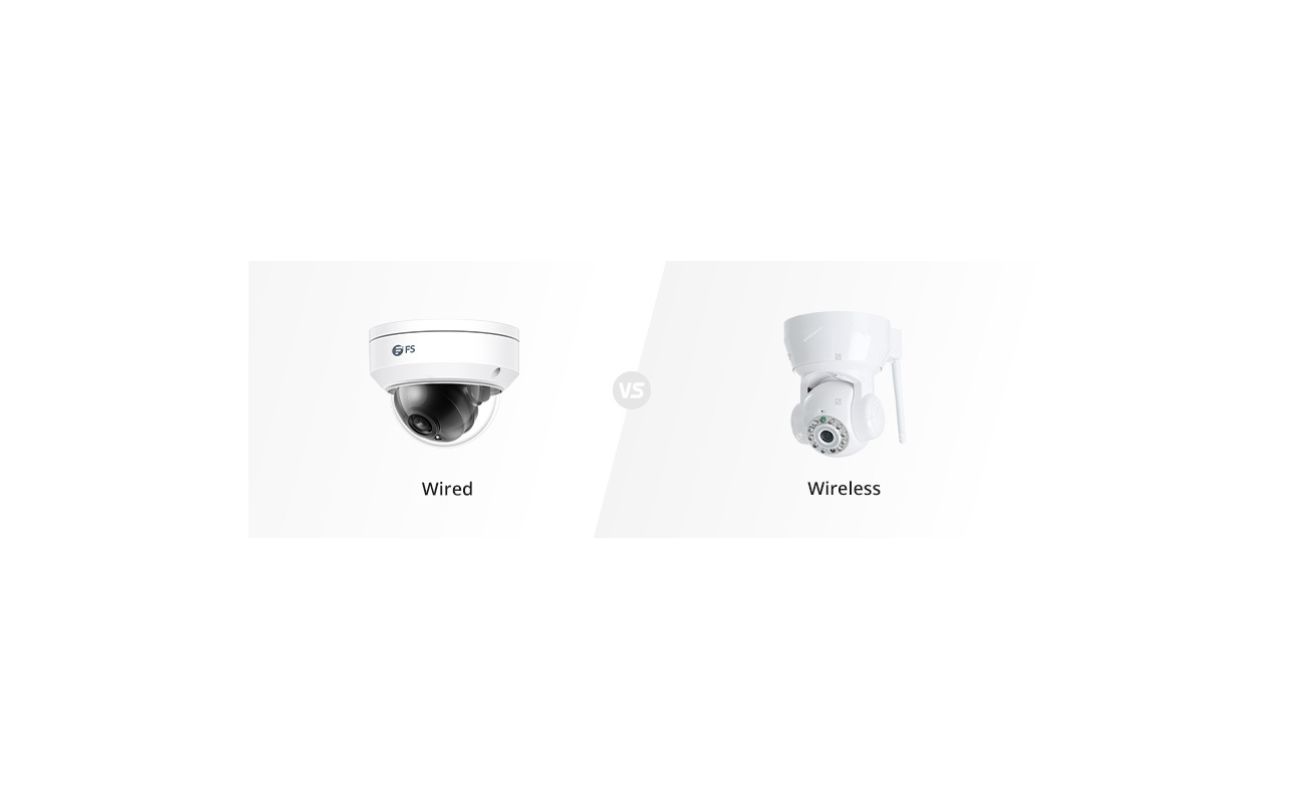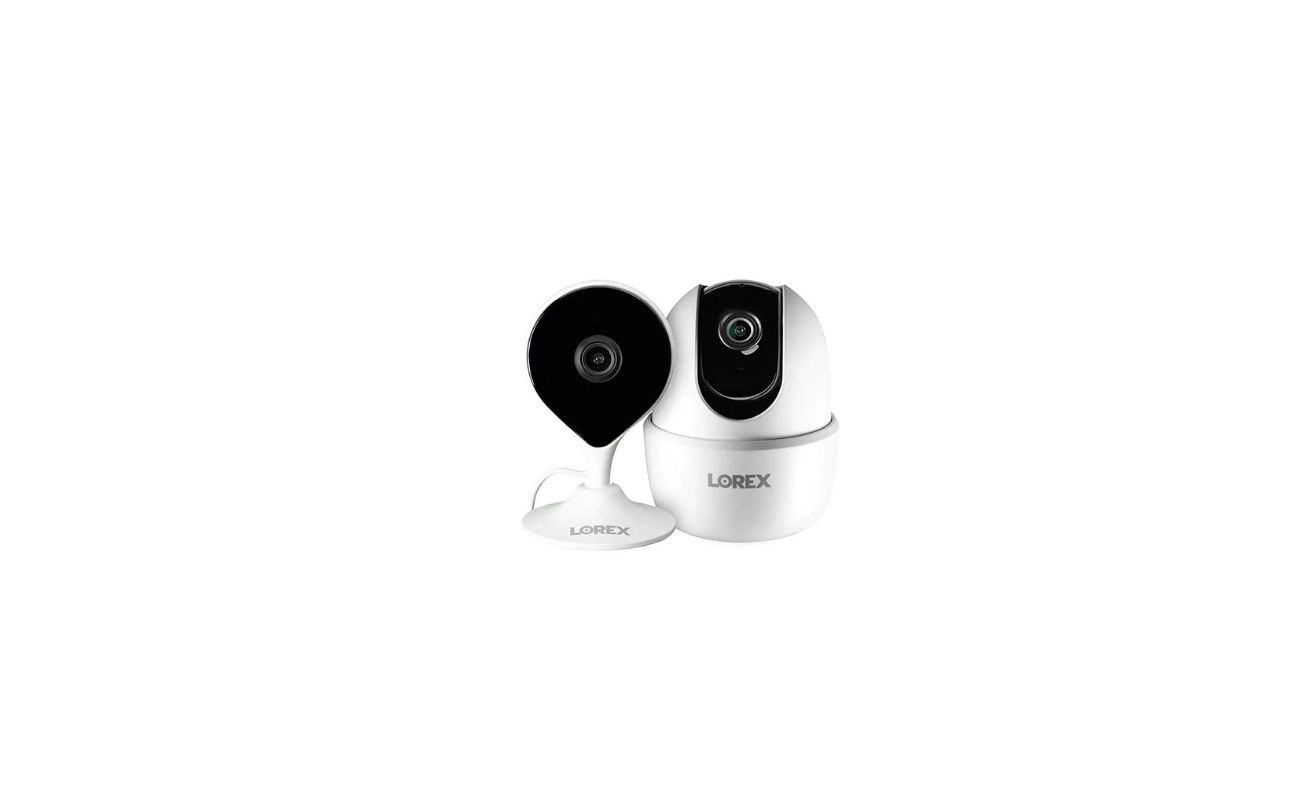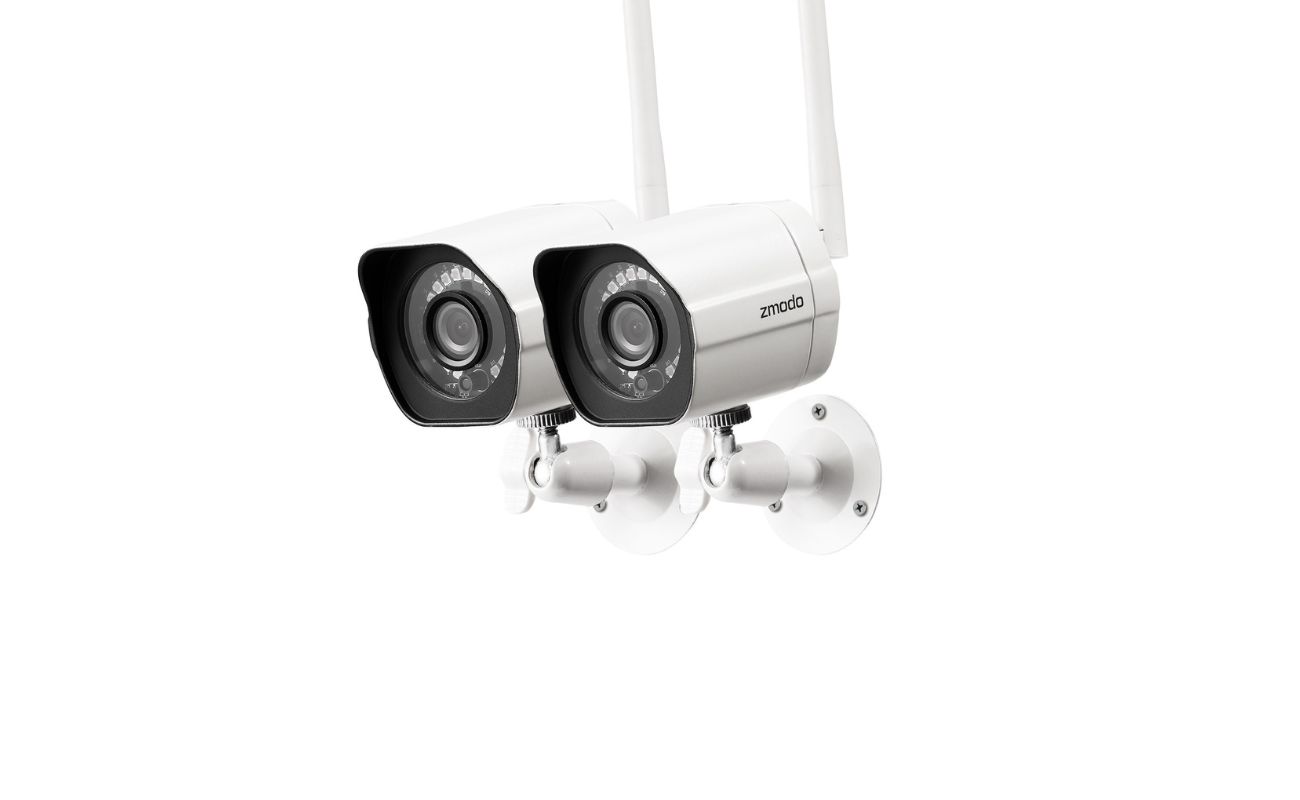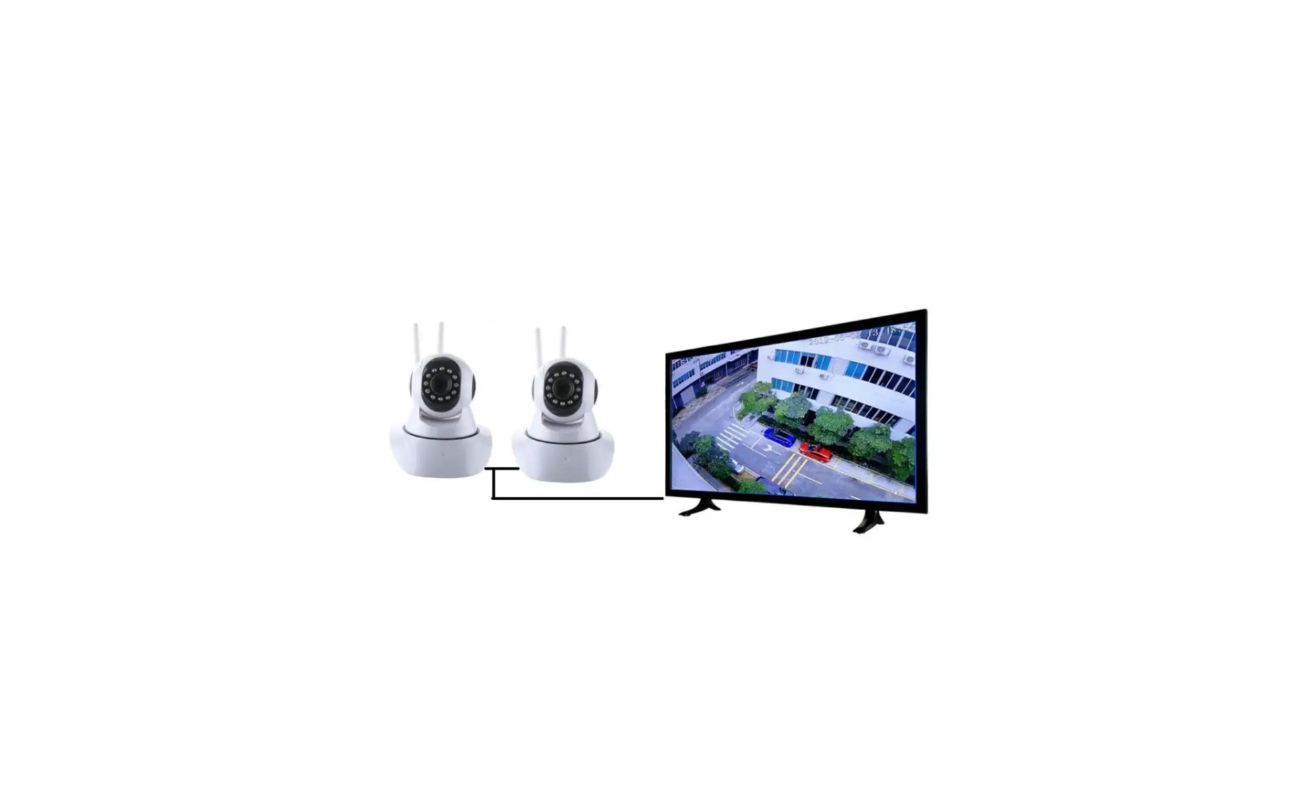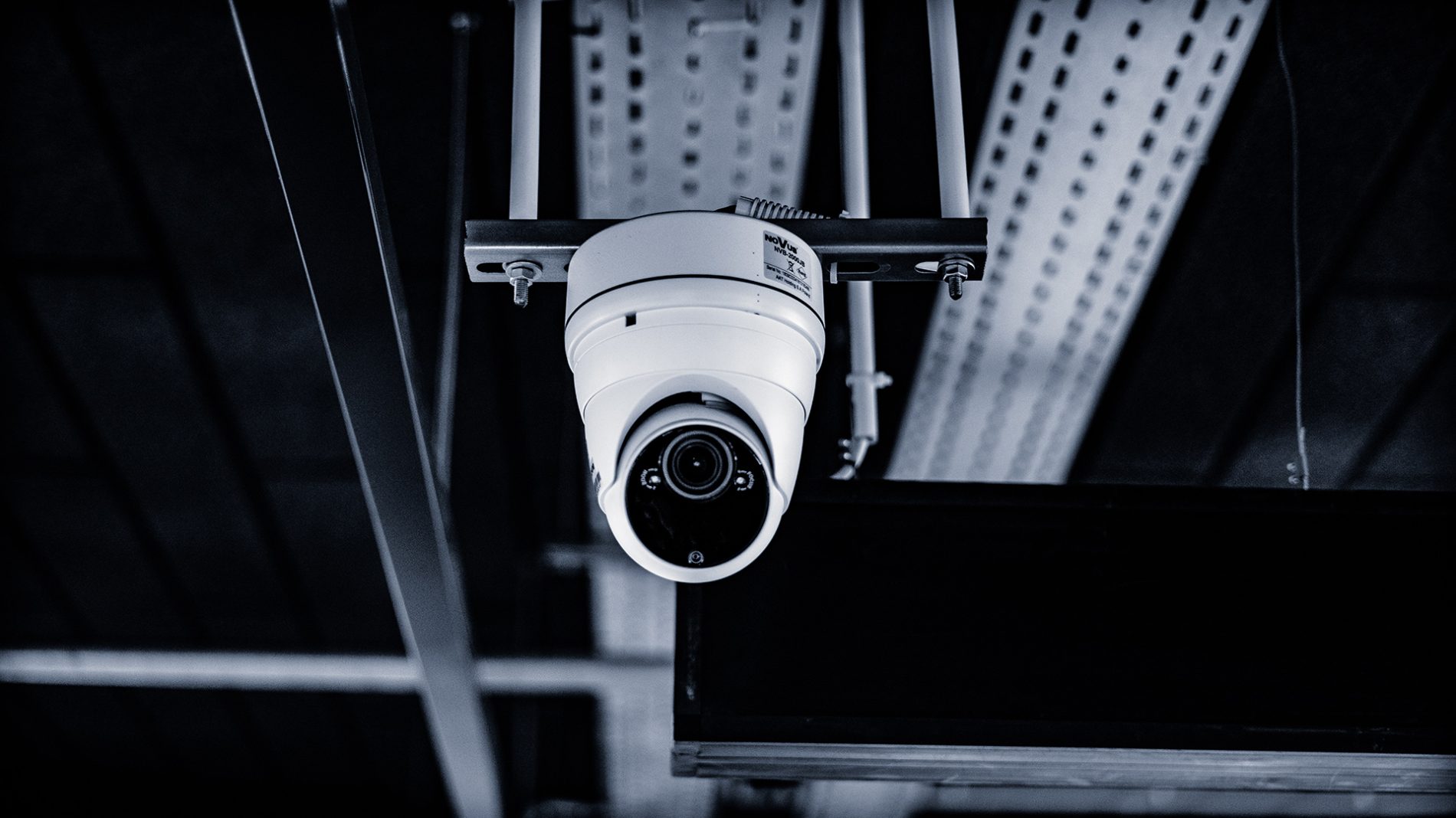Home>Home Security and Surveillance>How Is A Wireless Security Camera Powered
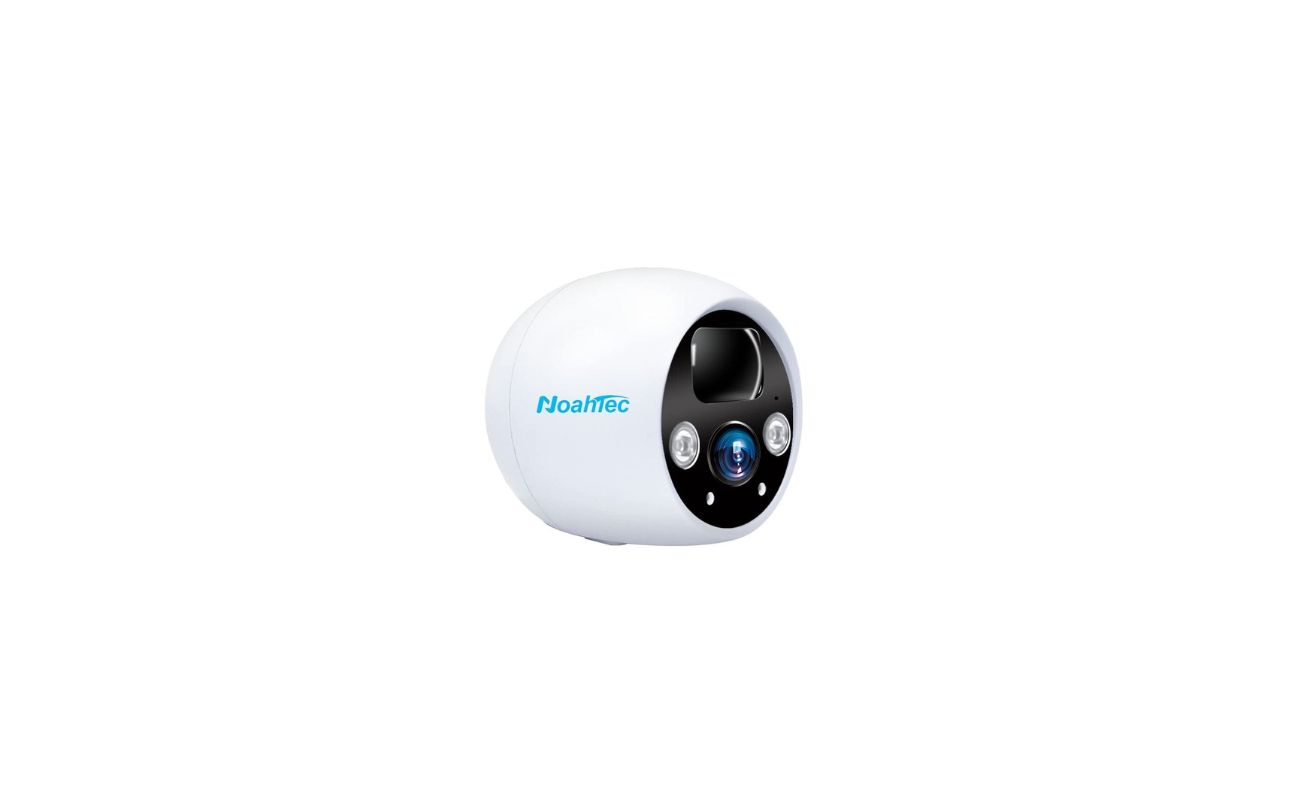

Home Security and Surveillance
How Is A Wireless Security Camera Powered
Modified: March 6, 2024
Learn how wireless security cameras are powered and enhance your home security and surveillance with the latest technology.
(Many of the links in this article redirect to a specific reviewed product. Your purchase of these products through affiliate links helps to generate commission for Storables.com, at no extra cost. Learn more)
Introduction
Welcome to the world of home security and surveillance. In today’s increasingly connected world, ensuring the safety and security of our homes and loved ones has become a top priority. Home security cameras play a crucial role in providing peace of mind and protection against intruders, burglaries, and other potential dangers.
One of the key considerations when choosing a security camera is the power source. There are several options available, each with its own set of advantages and considerations. In this article, we will explore the different power sources for wireless security cameras and discuss their features, benefits, and potential drawbacks.
Whether you prefer a battery-powered camera for flexibility, a solar-powered camera for eco-friendliness, a plug-in camera for continuous power, or a PoE (Power over Ethernet) camera for convenience, understanding the options will help you make an informed decision that fits your specific needs.
So, let’s dive in and explore the various power sources for wireless security cameras to help you choose the right one for your home!
Key Takeaways:
- Choose the Right Power Source for Your Wireless Security Camera
Battery-powered, solar-powered, plug-in, or PoE? Consider your needs and preferences to ensure flexibility, sustainability, continuous power, or seamless integration for your home security system. - Enhance Your Home Security System with Advanced Camera Features
Look for high-quality cameras with motion detection, night vision, and cloud storage options to maximize the effectiveness of your surveillance system. Research and compare different brands and models for the best combination of features and affordability.
Battery-Powered Wireless Security Cameras
Battery-powered wireless security cameras are a popular choice for homeowners who value flexibility and easy installation. These cameras are typically powered by rechargeable batteries, allowing you to place them anywhere within your property without the need for wires or electrical outlets.
One of the main advantages of battery-powered cameras is their portability. You can easily move them around and reposition them as needed, providing optimal coverage and surveillance in different areas of your home. Whether you want to monitor your front door, backyard, or any other specific location, battery-powered cameras offer the freedom to do so with ease.
Moreover, battery-powered cameras are not reliant on electricity, making them highly suitable for areas with unreliable power supply or during power outages. They continue to function even when the rest of your home experiences a blackout, ensuring continuous surveillance and security.
These cameras are designed with energy-saving features to maximize battery life. Some models use motion detection technology, activating the camera only when motion is detected, thus conserving battery power. Others allow you to schedule specific times for the camera to be active, further extending battery life.
However, it is important to note that battery-powered cameras require regular monitoring and maintenance to ensure that the batteries are charged and the cameras are functioning optimally. Depending on their usage and the quality of batteries used, you may need to recharge or replace the batteries every few months.
Overall, battery-powered wireless security cameras provide convenience, flexibility, and reliable surveillance without the constraints of wires or electrical outlets. They are an excellent choice for homeowners seeking a portable and easily customizable security solution.
Solar-Powered Wireless Security Cameras
Solar-powered wireless security cameras offer a sustainable and environmentally-friendly solution to home surveillance. These cameras utilize solar panels to harness the power of the sun, providing a continuous and energy-efficient source of power.
One of the standout features of solar-powered cameras is their ability to operate independently of the electrical grid. They are ideal for homeowners who prioritize sustainability and want to minimize their carbon footprint. By relying on solar energy, these cameras reduce reliance on traditional power sources, making them an eco-friendly choice.
Another advantage of solar-powered cameras is the freedom they provide in terms of camera placement. As long as there is sufficient sunlight, you can install these cameras virtually anywhere within your property. This enables you to cover areas that might be difficult to access with traditional wired cameras.
Solar-powered cameras are equipped with built-in rechargeable batteries, which store the excess energy generated by the solar panels. This means that they can still operate during cloudy or low-light conditions, ensuring uninterrupted surveillance. Additionally, some models come with power-saving features, such as motion detection, to further optimize energy usage and extend battery life.
It is worth mentioning that the effectiveness of solar-powered cameras depends on the amount of sunlight the camera receives. If your property is shaded by trees or buildings, or if you live in a region with limited sunlight, you may need to invest in additional solar panels or consider alternative power sources.
While solar-powered cameras offer numerous benefits, they do require a bit more initial planning and installation compared to other types of wireless security cameras. You will need to position the solar panel in a location that receives ample sunlight throughout the day, and ensure that it is angled correctly for optimized energy absorption.
In summary, solar-powered wireless security cameras provide an eco-friendly and self-sustaining surveillance solution. They combine the advantages of wireless cameras with the benefits of harnessing solar energy, allowing homeowners to monitor their properties while minimizing their impact on the environment.
Consider using a wireless security camera that is powered by rechargeable batteries or solar panels for a convenient and eco-friendly power source.
Plug-In Powered Wireless Security Cameras
Plug-in powered wireless security cameras offer a reliable and continuous source of power, making them an ideal choice for homeowners who prioritize uninterrupted surveillance. These cameras are connected directly to an electrical outlet, ensuring a constant power supply without the need for batteries or recharging.
One of the key advantages of plug-in powered cameras is their ability to provide constant monitoring without interruption. Unlike battery-powered or solar-powered cameras that may need occasional maintenance or charging, plug-in cameras can operate 24/7, offering seamless surveillance around the clock.
Another benefit of plug-in cameras is their ability to store and record video footage continuously. Since they are not dependent on battery life, these cameras can record and store video for extended periods, ensuring that no important moments or events are missed. This makes them particularly suitable for high-traffic areas or locations that require constant monitoring, such as entrances or driveways.
Moreover, plug-in powered cameras often come with advanced features such as pan, tilt, and zoom capabilities, infrared night vision, and two-way audio. These features enhance the overall security system and provide additional convenience and peace of mind for homeowners.
On the downside, plug-in cameras are limited in terms of placement flexibility. They must be positioned near an electrical outlet, which may restrict where they can be installed within your property. However, the availability of extension cords or electrical outlets in strategic locations can help overcome this limitation to some extent.
It is important to ensure that the electrical outlets used to power your cameras are protected and secure to prevent any tampering or unwanted disconnection. Additionally, proper wiring and installation by a professional electrician can help ensure the safety and efficiency of your plug-in powered security camera system.
In summary, plug-in powered wireless security cameras offer a reliable and continuous source of power, allowing for uninterrupted surveillance and video recording. While they may have some limitations in terms of placement flexibility, they provide a robust and dependable solution for homeowners seeking constant monitoring and peace of mind.
PoE-Powered Wireless Security Cameras
PoE (Power over Ethernet) powered wireless security cameras combine the advantages of wireless connectivity with the convenience of a reliable power source. These cameras receive both power and data through a single Ethernet cable, eliminating the need for separate power cables and outlets.
One of the key benefits of PoE-powered cameras is their simplicity and ease of installation. With a PoE switch or injector, you can connect the camera directly to your existing network infrastructure and power source, simplifying the setup process. This makes PoE cameras an excellent choice for both DIY enthusiasts and professional installers.
By utilizing PoE technology, these cameras ensure a consistent and stable power supply. Unlike battery-powered cameras that require periodic battery changes or solar-powered cameras that are dependent on sunlight, PoE cameras provide continuous power, enabling uninterrupted surveillance and recording.
Another advantage of PoE-powered cameras is their ability to transmit data and power over long distances. This makes them suitable for large properties or locations where running multiple power cables would be impractical or costly. Additionally, PoE cameras often support remote monitoring and configuration, allowing you to access the camera’s feed and settings from anywhere with an internet connection.
Additionally, PoE cameras can be seamlessly integrated with other network devices, such as network video recorders (NVRs) or video management systems (VMS). This enables centralized management and storage of video footage, making it easier to access and review recorded data.
It is worth noting that PoE-powered cameras require a PoE switch or injector to convert the electrical power from the Ethernet cable. This can add some cost and complexity to the setup, particularly if you don’t already have PoE infrastructure in place. However, the benefits of simplified installation and reliable power supply often outweigh the additional investment.
In summary, PoE-powered wireless security cameras offer the convenience of wireless connectivity combined with the reliability of a continuous power source. With easy installation, stable power supply, and integration capabilities, these cameras are an excellent choice for homeowners looking for a flexible and dependable surveillance solution.
Read more: How To Connect Wireless Security Cameras?
Conclusion
Choosing the right power source for your wireless security cameras is a crucial decision that can greatly impact the functionality and effectiveness of your home surveillance system. Battery-powered cameras offer flexibility and portability, allowing you to place them anywhere without the constraints of wires. Solar-powered cameras, on the other hand, provide an eco-friendly solution that operates independently of the electrical grid. Plug-in powered cameras offer continuous surveillance without the need for battery maintenance or charging. Lastly, PoE-powered cameras combine wireless connectivity with a reliable power source, making them a convenient option for seamless integration into your existing network.
When making a decision, consider your specific needs, preferences, and the unique features of each power source. Evaluate factors such as placement flexibility, constant power supply, maintenance requirements, sustainability, and integration capabilities. By doing so, you can choose the power source that best aligns with your goals and enhances the security of your home.
It is also important to remember that no matter which power source you choose, selecting high-quality cameras with advanced features such as motion detection, night vision, and cloud storage options can further enhance the effectiveness of your surveillance system.
Finally, don’t forget to research and compare different brands and models to find the best combination of power source, camera features, and affordability that meets your specific requirements.
In conclusion, the world of wireless security cameras offers a range of power sources to suit the diverse needs and preferences of homeowners. Whether you prioritize flexibility, sustainability, continuous power, or seamless integration, there is a power source out there that fits your criteria. By considering the pros and cons of each option and evaluating what matters most to you, you can invest in a home security system that brings you peace of mind and a sense of security for years to come.
Frequently Asked Questions about How Is A Wireless Security Camera Powered
Was this page helpful?
At Storables.com, we guarantee accurate and reliable information. Our content, validated by Expert Board Contributors, is crafted following stringent Editorial Policies. We're committed to providing you with well-researched, expert-backed insights for all your informational needs.
